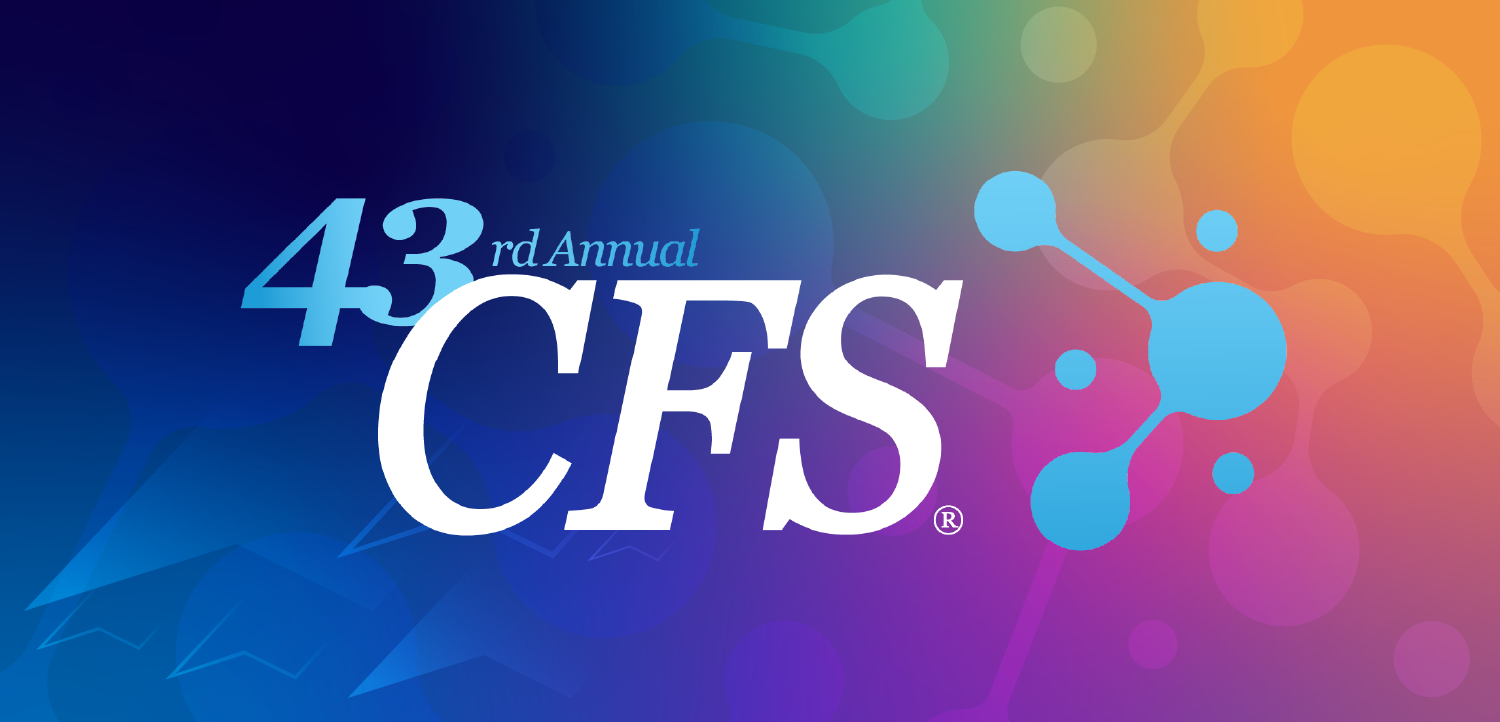HCFA okays MR contrast for Medicare coverage
The Health Care Financing Administration has given its blessingto magnetic resonance imaging contrast media, coils and gatingdevices, enveloping them under the Medicare coverage umbrella.Professional users will not pocket additional payment, however,for
The Health Care Financing Administration has given its blessingto magnetic resonance imaging contrast media, coils and gatingdevices, enveloping them under the Medicare coverage umbrella.Professional users will not pocket additional payment, however,for exams that employ these materials.
HCFA has designated a reimbursement code, A4647, to identifyexams using paramagnetic contrast, according to Michael Mabryof the American College of Radiology's research division. Thereare as yet no corollary Current Procedural Terminology codes (CPT-4)for contrast, coils and gating. Local Medicare carriers will devisetheir own codes.
The HCFA contrast code applies to all existing or future paramagneticcontrast media used in MRI, Mabry said.
The coverage decision was prompted by two events:
- Medicare coverage of MR contrast hinged on Food andDrug Administration approval. The most recent Medicare coverageupdate in March included contrast to reflect FDA approval of gadolinium-DTPA.
- Inclusion of coils and gating was prompted by a 1990report released by the Agency for Health Care Policy Research.
The AHCPR report noted that such devices enhance image qualityby improving signal-to-noise ratio, resulting in clearer detail.The report was based on a review of medical literature and publiccomments.
Coverage by Medicare does not necessarily mean that physicianswill receive additional reimbursement for MR exams using contrast,however. Prior to FDA approval, HCFA could not pay for MR contraststudies. Thus physician claims for reimbursement that identifieduse of MR contrast were refused, according to a HCFA coveragepolicy specialist.
An analogous example is x-ray exams using contrast. Medicarepays a blanket fee regardless of whether ionic or expensive nonionicmedia are used. The cost of the contrast--ionic or nonionic--ispart of the technical component of reimbursement for the exam.
This will also be the case with MR contrast and devices. Physicianscan use or not use the newly covered techniques, but HCFA hasnot stipulated additional reimbursement to go along with coverage.The new policy simply reflects the changes in MR use.
The best way to describe the impact of the new policy is thatcoils, gating and contrast are no longer not covered by Medicare,the HCFA representative said.
"It sounds funny but it is technically correct. It meansthat if the exam is performed, we will not deny coverage for theentire procedure, whereas before we would have," she said.
Newsletter
Stay at the forefront of radiology with the Diagnostic Imaging newsletter, delivering the latest news, clinical insights, and imaging advancements for today’s radiologists.


























